Paleo VS Whole30: What’s the Difference?
There’s so much chatter about different diets that it gets hard to tell one from another. Ultimately, for any diet to work, it has to become a lifestyle choice and not something that is so hard to maintain that you won’t keep it going for more than a month!
For those of you who were wondering, where’s the difference between Paleo VS Whole30, I got you covered.
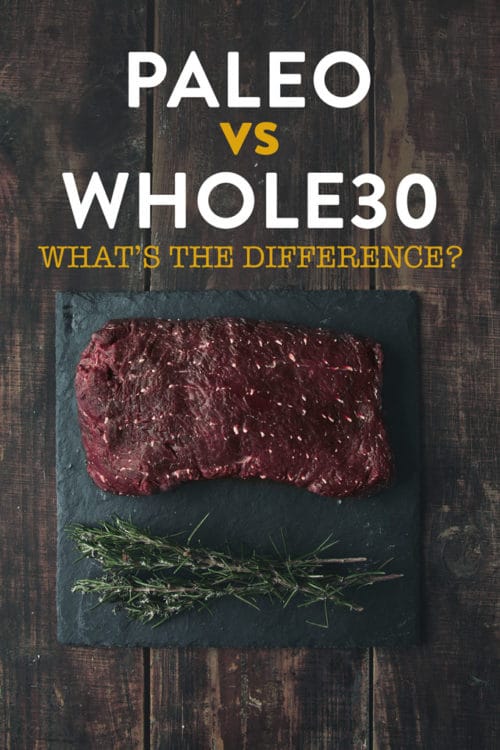
Disclosure: This post contains affiliate links for your convenience. As an Amazon Associate, I earn from qualifying purchases.
Two of the more popular diets that focus on healthy lifestyles out there are the Paleo and the Whole30 diets.
In many ways, they are very similar. They both focus on clean eating and avoiding foods that are processed and in changing your mindset around food, but there are some key differences between them that might matter to you!
If you are looking to establish healthy habits and are overwhelmed by the idea. Make sure to register for the 30 Days to a Healthier You challenge. We take building healthy habits one day at a time for life long change.
Paleo VS Whole30
Let’s start with some definitions:
What is a Paleo diet?
The Paleo—or Paleolithic—diet has one basic premise: eat like a caveman. In other words, eat food as if food manufacturing never existed. The foods you eat should be as natural as if you foraged them yourself, where possible. The point is to be aware of what nutrients you’re consuming and how they affect your body, so that you can make good choices.
Here’s a sample (not exhaustive!) of things you can and can’t eat on the Paleo diet:
What can you eat on Paleo:
- Eggs
- Fish
- Seafood
- Meat
- Vegetables
- Fruit
- Nuts & seeds
What can’t you eat on Paleo:
- Dairy
- Flour
- Grains
- Legumes
- Beans
- Refined Sugar
In my “version” of paleo I eat beans. It’s my cheat okay? With that in mind…
Paleo Recipes from The Bewitchin’ Kitchen.
Paleo Cookbooks
- The Paleo Cookbook
- Paleo For Beginners
- Practical Paleo – I recommend this, there are menu plans included.
What is a Whole30 diet?
The Whole30 diet is similar to Paleo but more rigorous and is seen sometimes as a cleanse or a nutritional reset, rather than a lifestyle change that can be maintained over the long haul.
To clarify the difference between the two diets, any Whole30 recipe that you find will be Paleo, but the reverse is not true.
Whole30 is so named because it is a plan designed for 30 days of eating whole, natural foods. It goes beyond the notion of healthy, wholesome eating and is intended to break our habits of eating certain foods and indulging in certain cravings. It’s a whole reconditioning of your thinking around food so that you learn to eat for the purposes of energy and nutrition, but not necessarily for enjoyment. I really like the mindset of Whole30 and it has, personally, helped me with my emotional eating.
Here’s a sample (not exhaustive!) of things you can and can’t eat on the Whole30 diet:
What can you eat on Whole30:
- Eggs
- Fish
- Seafood
- Meat
- Vegetables
- Some fruit
- Fats from nuts & seeds, as well as clarified butter.
What can’t you eat on Whole30:
- Dairy
- Alcohol
- Grains
- Legumes
- Sugar of any kind, refined or not (this includes coconut sugar, maple syrup, and honey).
Whole30 Recipes on The Bewitchin’ Kitchen
New to Whole30? Here are some Whole30 essentials to get you started.
Whole30 Cookbooks
- The Whole30 Cookbook – written by Melissa Hartwig, founder of Whole30. My friend has this and swears by it.
- More Whole30 cookbooks and resources here.
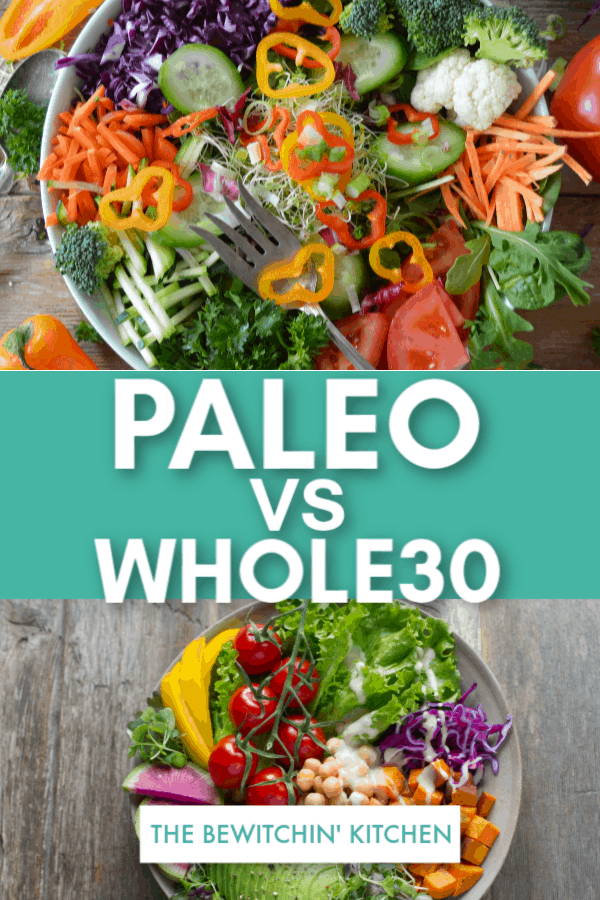
Important differences between Paleo and Whole30 diets
While on a Paleo diet, you can indulge occasionally in things that aren’t normally allowed. You’re going to a party and someone has made an epic looking dessert, you won’t be breaking the Paleo rules by having a little nibble. And if you’re partial to a glass of wine, go ahead. On Whole30? You can’t do it: not the nibble, not the wine.
A ‘reset’ only works if you’re strict about it, which is why it’s designed to be a 30 day plan and not necessarily a forever plan. Many people will start on the Whole30 to cleanse their bodies of toxins and cravings, to break our mindsets away from the need for ‘fun food’. Those same people might then continue after the thirty days with the Paleo diet, to maintain good habits without necessarily being too extreme.
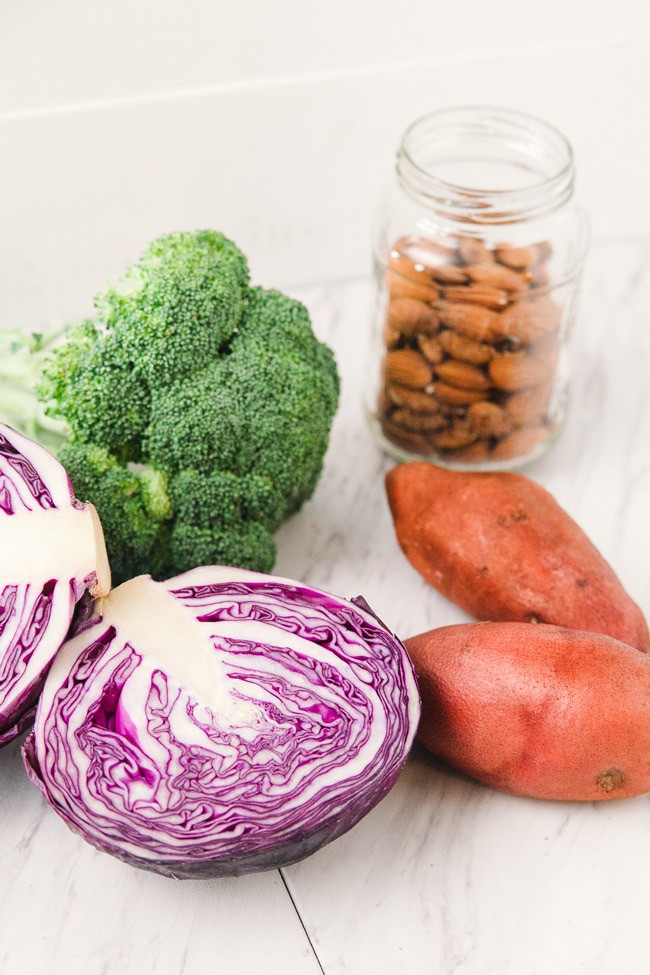
A lot of people find the lack of sugar of any kind on the Whole30 diet to be difficult. While the Paleo diet will allow unrefined sugars (Stevia, honey), the Whole30 diet allows none except for natural fruit juice, as a sweetener.
Clean eating has tremendous benefits to it, but it only works if you can sustain it over the long term (with the occasional cheat because you only live once!) To that end, the Paleo diet is probably more sustainable over the long term but the Whole30 might just give you that kick start to get you on the right track that makes it all possible. Either way, better sleep, better health, clean and clear skin and an overall feeling of wellbeing sounds good to me.
My personal diet? I eat what lifestyle I can sustain long term. The majority of my diet I would classify as paleo but you know what? I have cupcakes when I really want one, corn in my salads, and black beans in my chili. It’s about what works for you.
If you are looking to establish healthy habits and are overwhelmed by the idea. Make sure to register for the 30 Days to a Healthier You challenge. We take building healthy habits one day at a time for life long change.
Do you follow either the Paleo vs Whole30 diets? What do you find good or bad about either?
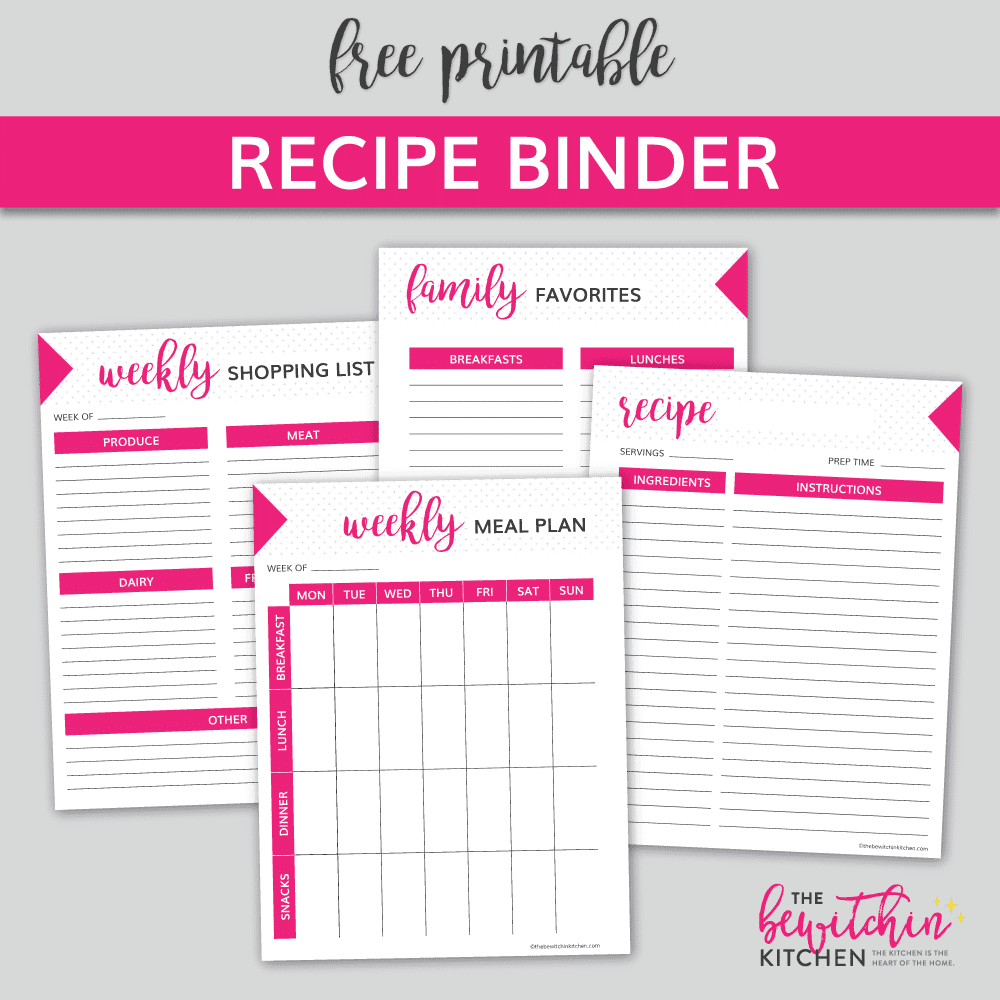
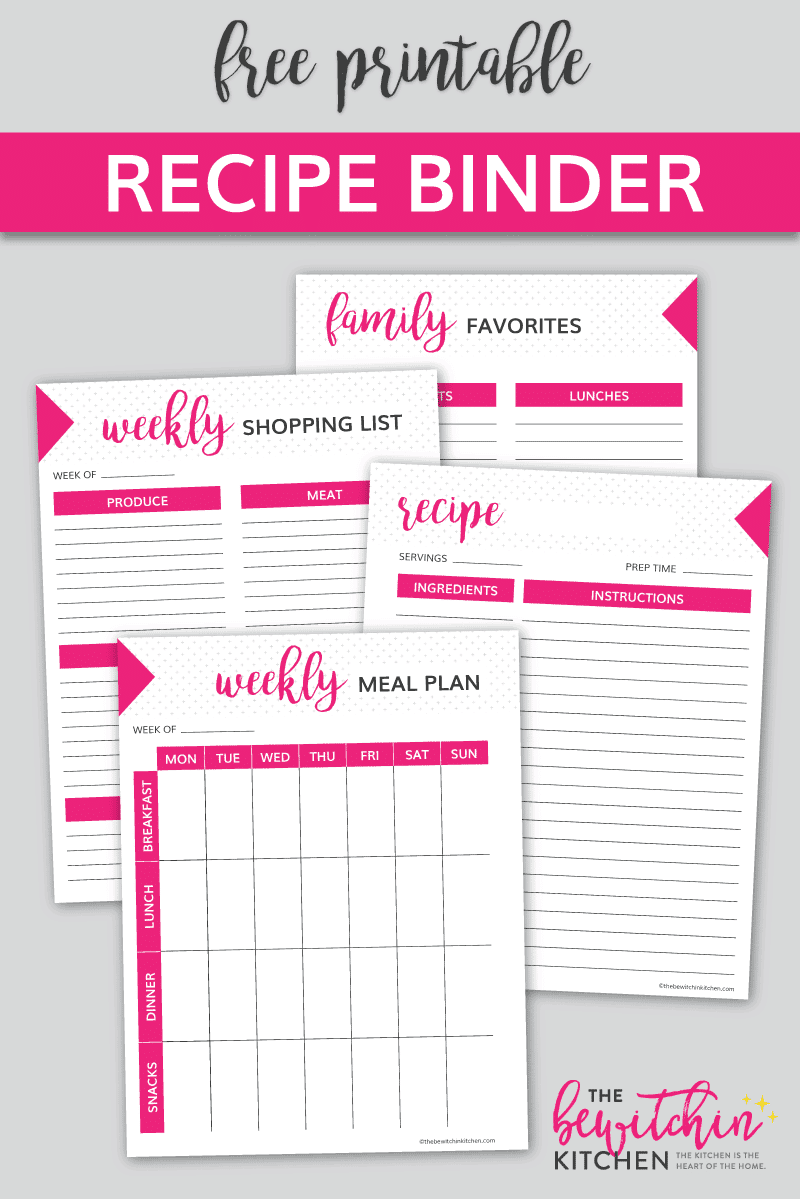
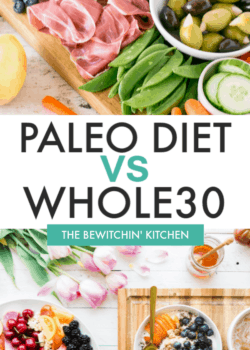
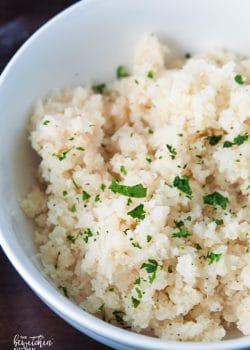
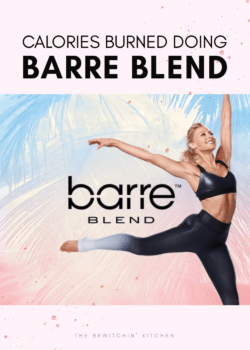

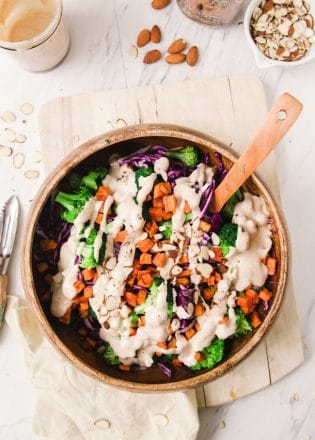

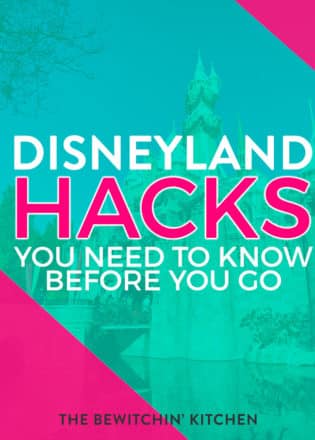
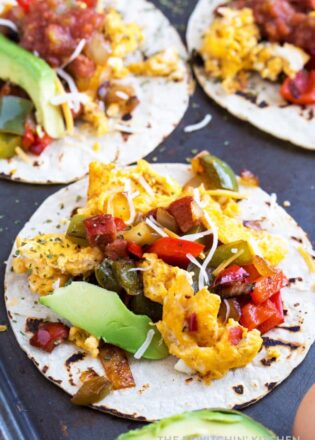
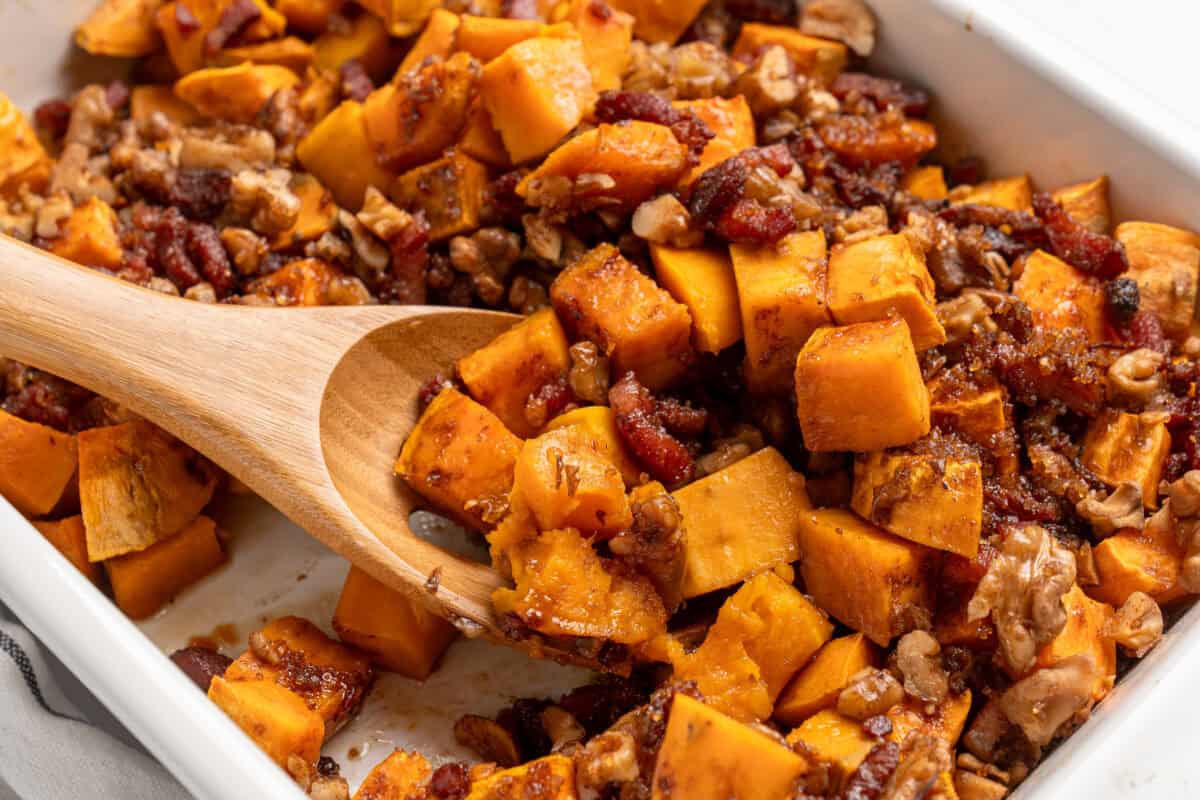
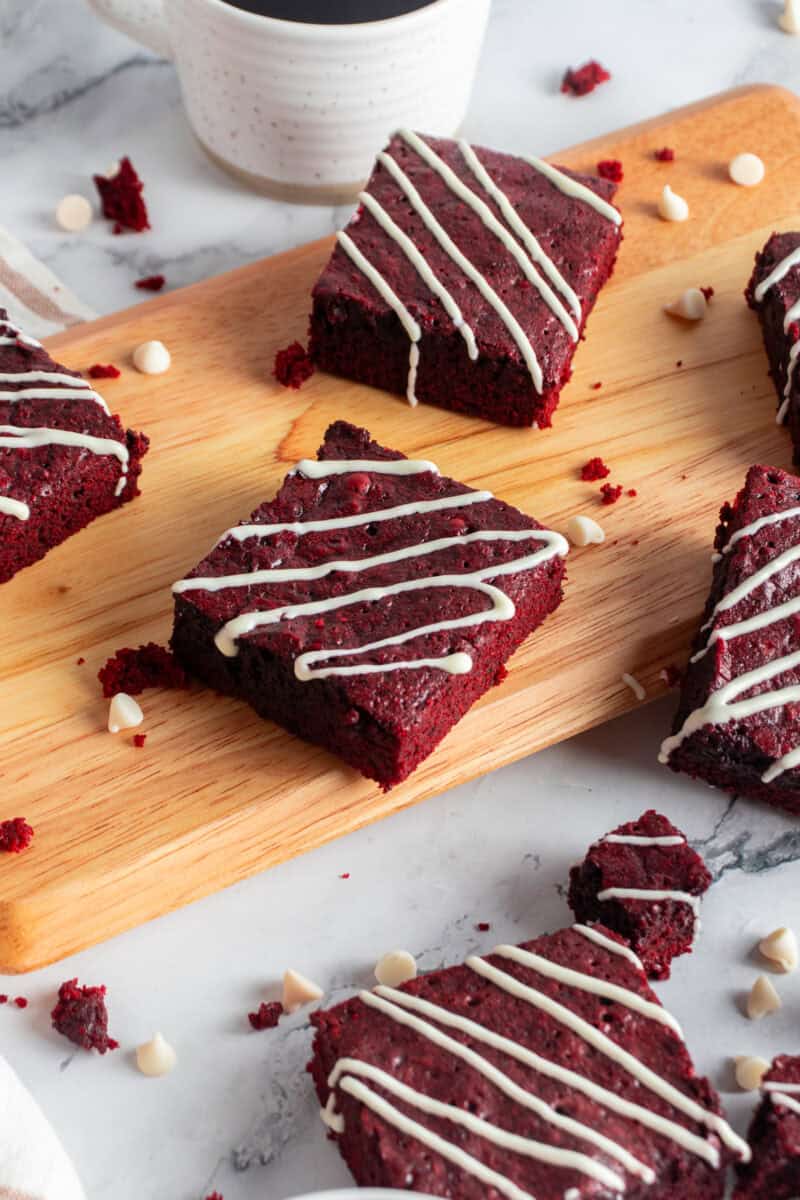
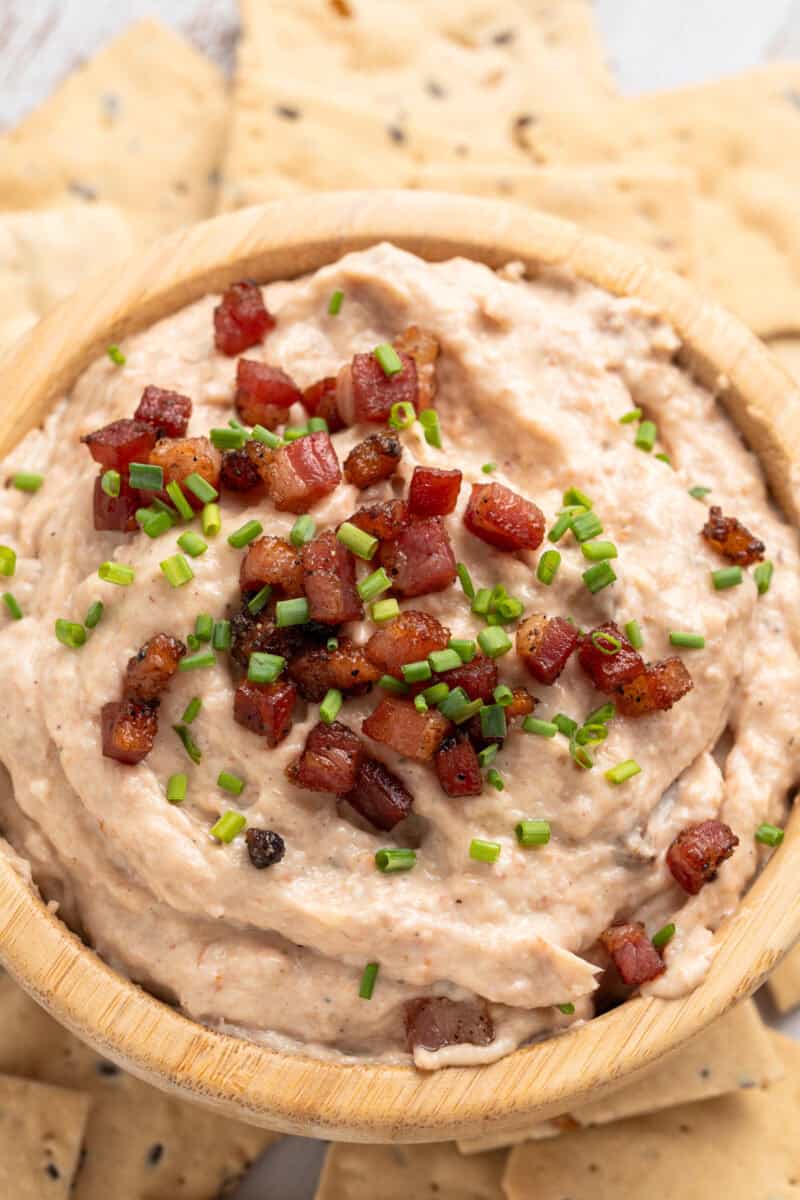
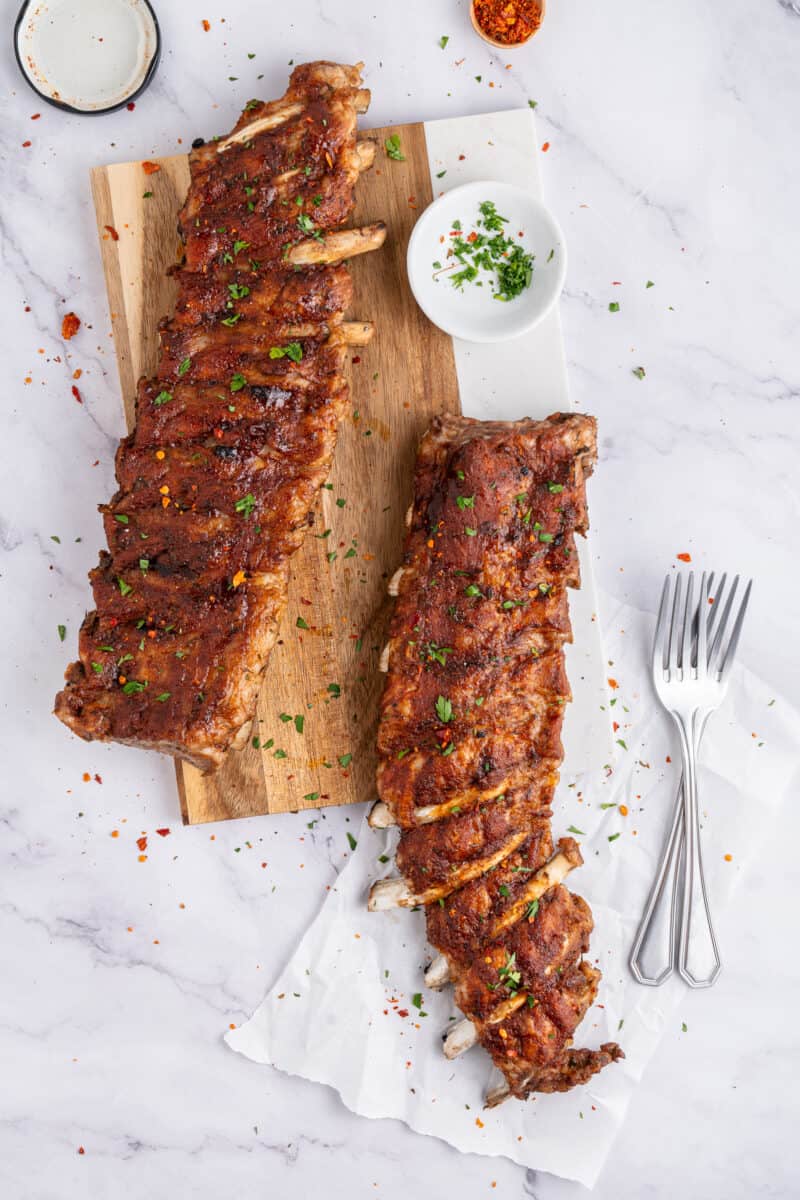
Thank you for explaining the differences. I have kept on a paleo diet in the past to control my PCOS and IBS symptoms, and was wondering what Whole30 offered that paleo didn’t. Now I know.
Both Paleo and Whole30 focus on whole, unprocessed foods, but Whole30 is a stricter, short-term reset, while Paleo is a long-term lifestyle. Choosing the right one depends on your goals and preferences.
Both Paleo and Whole30 focus on healthy eating and eliminating processed foods, but the key difference is that Paleo focuses on eating like our ancestors, while Whole30 requires abstaining from specific food groups for 30 days to assess their effects on the body.
Both diets have their merits, and the choice between them often comes down to personal preference and lifestyle. For those seeking a dramatic change, Whole30 may provide the necessary motivation. In contrast, individuals looking for a more sustainable approach might find the Paleo diet more suitable.
Try playing Traffic Rally because this game is not just about racing; it’s also an exciting adventure in controlling and managing your vehicles on busy streets!
Both Paleo and Whole30 focus on whole, unprocessed foods, but Whole30 is a stricter, short-term reset, while Paleo is a long-term lifestyle. Choosing the right one depends on your goals and preferences.
this paleo has great details